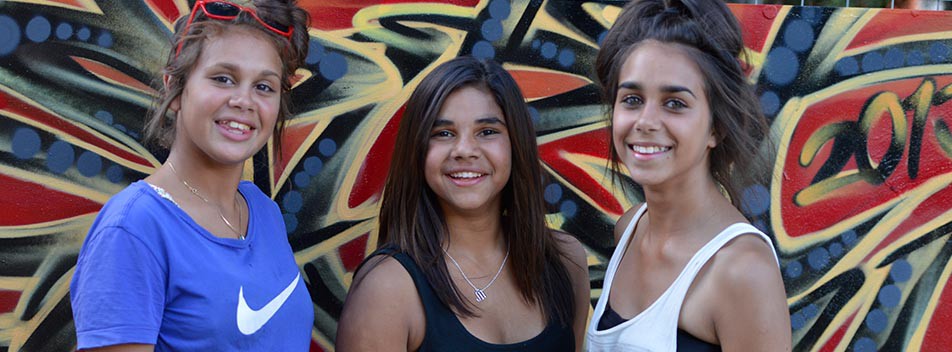
CRC25: Australian Child Rights Progress Report
A report on 25 years of the UN Convention on the Rights of the Child in Australia.
Australia’s youngest generation the most vulnerable
New report calls for Governments to set a clear national agenda for children
10 June 2016
A report released today by the Australian Child Rights Taskforce highlights that despite two decades of consecutive economic growth, one in six children in Australia still lives below the poverty line and more than 70,000 received assistance from specialist homelessness services, with no view of a long term solution.
The report marks 25 years since Australia ratified the UN Convention on the Rights of the Child, agreeing to a set of standards and obligations for all children. The report considers the progress – and lack thereof – for children across a number of key social policy areas including family life, education and care, justice and health, and what this has meant for children. While considerable progress has been made in protecting child rights in Australia, there are a number of entrenched challenges that still need to be addressed.
The report specifically identifies that Aboriginal and Torres Strait Islander children, Lesbian, Gay, Bisexual, Transgender or Intersex (LGBTI) children, children from rural areas, children with disabilities and children from migrant backgrounds are still more likely to experience poverty, discrimination, social exclusion and disadvantage.
Download Report
Key report findings include
Learning and Development
- In Australia, there is a 20 per cent gap between the highest and lowest socioeconomic status quartiles in attainment of Year 12.
- Only 74 per cent of 20 to 24-year olds from low socioeconomic backgrounds complete Year 12 or equivalent, compared with 94 per cent of 20 to 24-year olds from high socioeconomic backgrounds.
- School retention rates among Aboriginal and Torres Strait Islander students remain considerably lower than non-indigenous school students.
- 69.9per cent of Aboriginal and Torres Strait Islander children are in pre-school, compared with 88.7 per cent of non-Indigenous children.
Inequality and Child Poverty in Australia
- By OECD measures 603,000 children in Australia living below the poverty line or 1 in 6 Australian children, nearly 18 per cent (ACOSS). More than a third of these children are from single headed households.
- 19.3 per cent of Aboriginal and Torres Strait Islander children are living in poverty, compared to 12.4 per cent of non- indigenous children (ACOSS).
- Aboriginal and Torres Strait Islander people account for 25 per cent of the homeless population, while making up just 2.5 per cent of the general population.
- Aboriginal and Torres Strait Islander people make up 3 per cent of the Australian population, yet they made up 23 per cent of those accessing specialist homelessness services in 2014–15.
Family and Care
- Aboriginal and Torres Strait Islander children are 9.2 times more likely to be in out of home care than non-Indigenous children.
- Aboriginal Children make up 5.5 per cent of all Australian children, yet comprise 35 per cent of the care population.
- In 1990 there were 3 per 1,000 children in out of home care. In 2014 this had grown to 8.1 per 1,000 children.
- In 1991, of the children placed in out of home care, 16 per cent were in institutional care, compared to 6 per cent in 2014.
- 75 per cent of the children in residential care who have been subject to sexual abuse are female.
Justice
- The level of over-representation of Indigenous people aged 10 – 17 years in detention increased from 19 times the rate of non-Indigenous young people in 2011 to 26 times in 2015.
- Young people who have been homeless have a mental (79.9 per cent) or physical (61.2 per cent) disability, – mental disability at 79.9% and 61.2% for physical disability. This figure is 55.6 per cent for Aboriginal and Torres Strait Islander children.
- 12 times as many children under 18 years of age used the email legal advice service between 2010 – 2014, rather than traditional legal services.

Contents
Chapter 1: Child Rights in Australia
Chapter 2: Family and Care
Chapter 3: Learning and Development
Chapter 4: Protection and Safety
Children in Focus: Aboriginal and Torres Strait Islander children; children and young people from culturally and linguistically diverse backgrounds; asylum seeker and refugee children; children with disability; LGBTI children and young people.
Chapter 5: Health
Chapter 6: Justice
Chapter 7: identity
